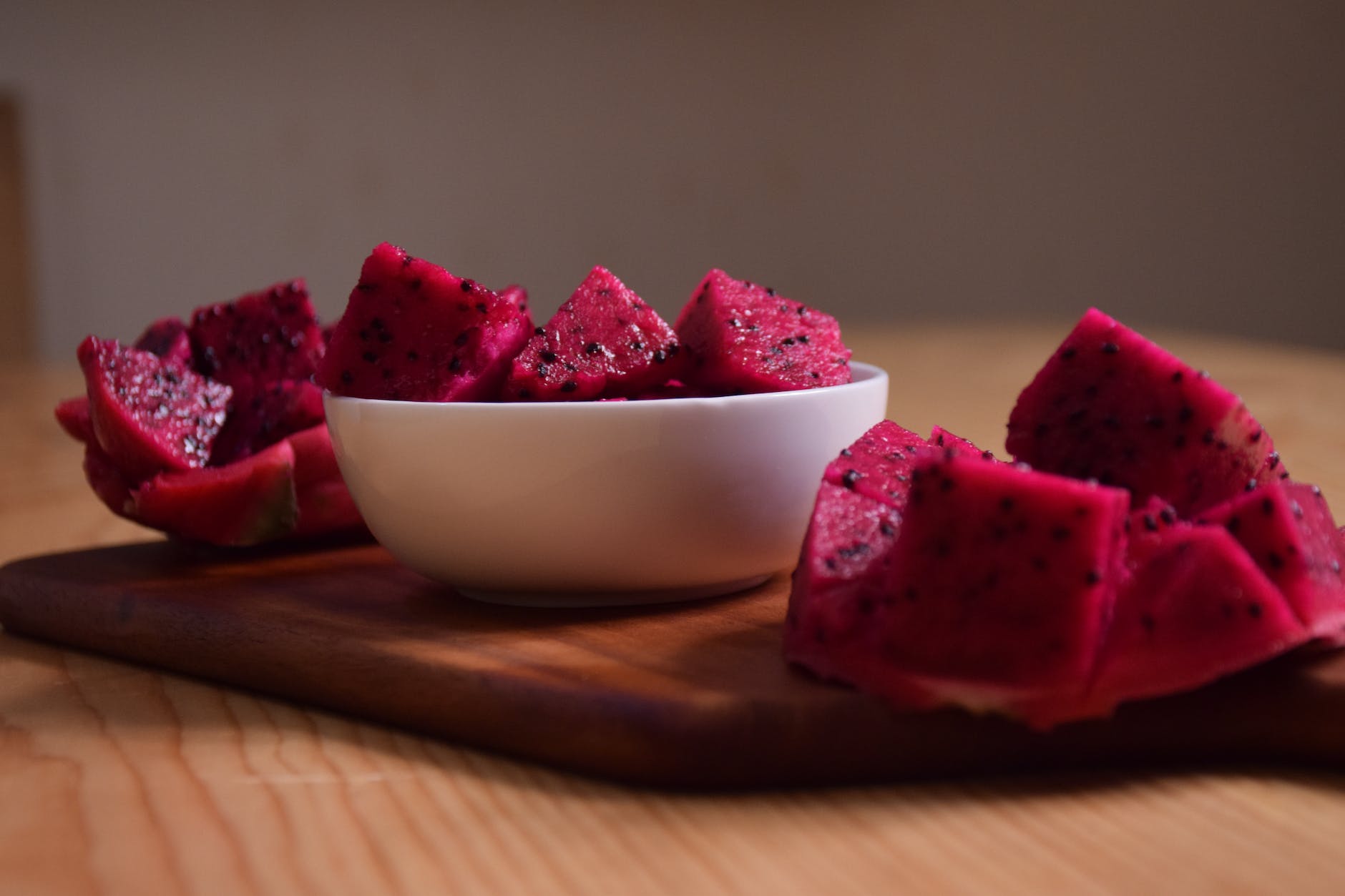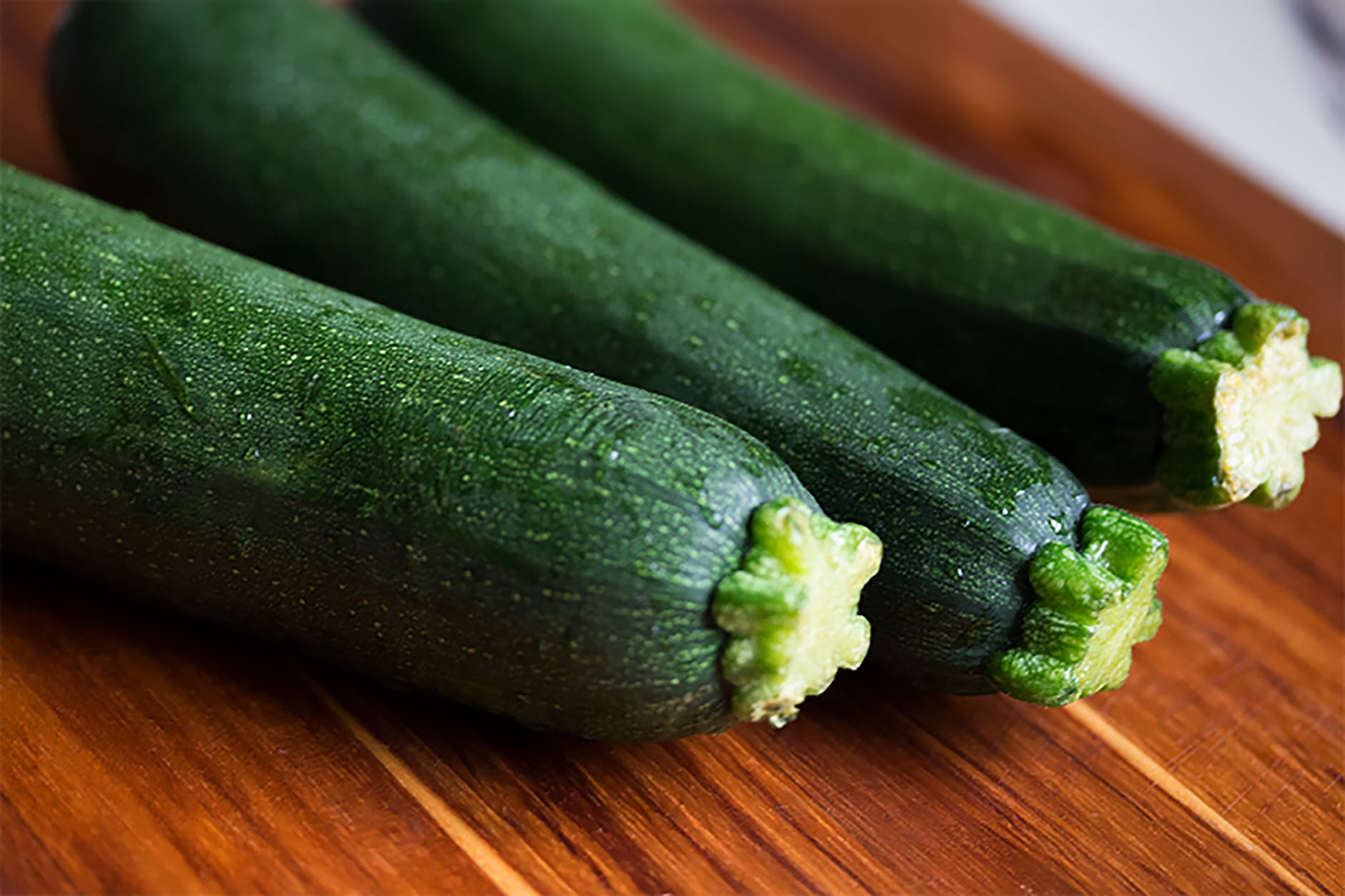
Debunking Mango Myths: The Ultimate Guide to Understanding the King of Fruits
Mangoes, often crowned as the ‘King of Fruits,’ are a tropical delight that many people eagerly await every summer. Their sweet and tangy flavor, combined with their juicy texture, makes them a favorite among fruit lovers. However, with popularity comes misconceptions. Let’s dive deep into the world of mangoes and debunk some of the most common myths surrounding this delicious fruit.
1. Myth: Mangoes Cause Acne
The Real Deal: The belief that mangoes cause acne is a widespread misconception. While mangoes are rich in natural sugars, there’s no direct scientific evidence linking them to acne. However, everyone’s skin reacts differently, and if you believe mangoes are causing breakouts, it might be best to consume them in moderation and observe any changes.
2. Myth: The Skin of Mangoes Isn’t Edible
The Real Deal: Many people discard the skin, but it’s entirely edible and packed with nutrients, including vitamins and fiber. However, the skin can sometimes contain urushiol, an allergenic compound also found in poison ivy. If you’re sensitive, it might cause a reaction. Always wash mangoes thoroughly before consuming.
3. Myth: Mangoes Are a No-Go for Diabetics Due to High Sugar
The Real Deal: Mangoes, like all fruits, contain natural sugars. However, they have a low to medium glycemic index, which means they release sugar into the blood at a slower rate. Diabetics can enjoy mangoes in moderation, but it’s always good to consult with a healthcare professional.
4. Myth: Eating Mangoes Will Make You Gain Weight
The Real Deal: Mangoes, when consumed as part of a balanced diet, do not cause weight gain. They are rich in essential vitamins, minerals, and fiber, which aids digestion and provides satiety, reducing overall calorie intake.
5. Myth: Everyone is Allergic to Mangoes
The Real Deal: While mango allergies are not uncommon, especially due to the skin, not everyone is allergic. Symptoms of an allergy can include itching or a rash. If you suspect an allergy, it’s crucial to get tested.
6. Myth: Mangoes Lack Dietary Fiber
The Real Deal: Contrary to this belief, mangoes are an excellent source of dietary fiber, especially if you consume them with the skin. Fiber is essential for digestive health and can help prevent constipation.
7. Myth: Mango Seeds are Useless
The Real Deal: Mango seeds have various medicinal properties. In many cultures, they are dried, powdered, and used as a remedy for different ailments, including dandruff and hair loss.
8. Myth: All Mango Varieties Taste and Look the Same
The Real Deal: There are over 500 varieties of mangoes, each with its unique flavor, aroma, and color. For instance, the Alphonso mango, known for its rich taste and golden hue, is vastly different from the green and tangy Raw mango.
9. Myth: Mangoes Shouldn’t be Eaten at Night
The Real Deal: There’s no scientific reason to avoid mangoes at night. They can be enjoyed at any time of the day or night without any adverse effects.
10. Myth: Mangoes are Only Suitable for Desserts
The Real Deal: The versatility of mangoes is incredible. Apart from desserts, they can be used in salads, curries, smoothies, and even pickles.
11. Myth: Mangoes are Harmful for Pets
The Real Deal: The flesh of mangoes is safe for most pets in moderation. However, the pit can be a choking hazard and contains small amounts of cyanide. Always remove the pit and consult with a vet before feeding mangoes to pets.
Frequently Asked Questions (FAQs):
- How can I determine the ripeness of a mango?
- A ripe mango will give a slight squeeze, similar to an avocado. It will also emit a fruity aroma from the stem.
- Can mangoes be refrigerated?
- Yes, ripe mangoes can be refrigerated to extend their shelf life. However, it’s best to consume them within a week.
- Are dried mangoes as nutritious as fresh ones?
- Dried mangoes are calorie-dense and might contain added sugars. While they retain some nutrients, fresh mangoes are always a healthier choice.
- How can I incorporate mangoes into my daily diet?
- Mangoes can be added to cereals, yogurt, salads, or consumed as a snack. They can also be blended into smoothies or used in cooking.
- Is it safe to consume mangoes during pregnancy?
- Yes, mangoes are safe during pregnancy but should be consumed in moderation due to their sugar content.
Blog Tags:
Mango Nutrition, Mango Myths Debunked, Mango Varieties, Mango Allergies, Mango Health Benefits, Mango Recipes, Mango Storage Tips, Mangoes and Weight, Mangoes in Cooking, Mangoes for Pets, Mango Skin Benefits.













